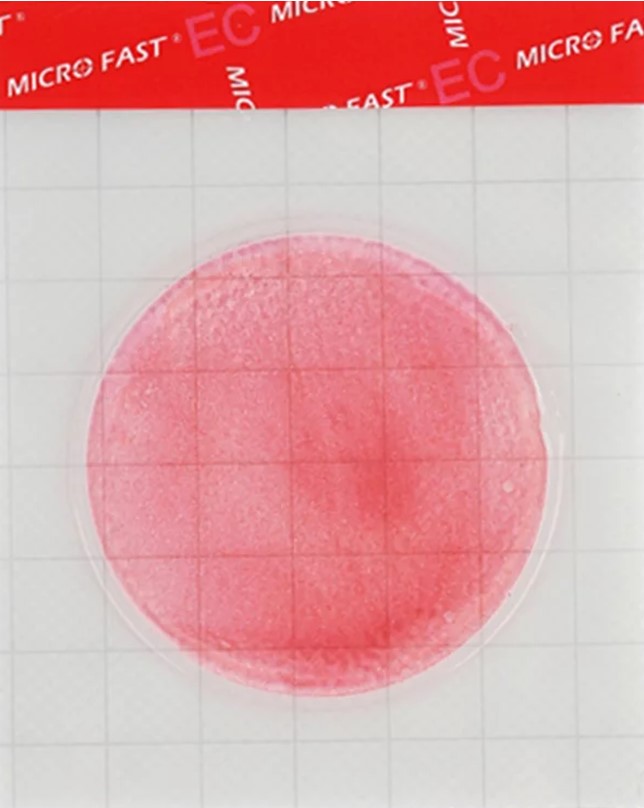The importance of understanding neonatal piglet feeding strategies in an intensive pig production system

Modern sows are very fertile and therefore the number of piglets born often exceeds the number of functional teats, both at the individual sow level and at the farrowing room/group level.
Newborn piglets' access to both colostrum and MILK is essential for their growth and survival. Colostrum is critical for piglets for several reasons.
Piglets are born with limited energy reserves, devoid of antibodies and immunoglobulins. Piglets have a large body surface area and very little fat, making them prone to hypothermia. The liver and muscle glycogen are important energy stores. However, these reserves are depleted soon after birth: 51% of liver glycogen is used in the first 6 hours and 42% of muscle glycogen is used in the first 12 hours. Glycogen stores in newborn piglets can provide sufficient energy for approximately 16 hours.
it is well known that piglets experience thermoregulatory shock at birth due to a sudden drop in ambient temperature of 15–20°C. The inability of piglets to achieve thermostability at this time is due to their low energy supply and the fact that they are metabolically immature at birth.
Consumption of high-energy colostrum helps them maintain their body temperature and also provides passive immunity that ensures theirsurvival and development due to antibodies and immunoglobulins. In addition, the growth factors contained in colostrum help close the intestinal lining, which prevents the absorption of harmful bacteria and toxins. During this suckling period, the piglet acquires the necessary elements to develop a good immune status, proper gut microbiota and high disease resistance for its future life.
Efforts are being made to try to change the energy reserves of newborn piglets before birth by adjusting diets. For example, when sows were fed a 10% fat diet on day 84 of gestation using soybean oil, coconut oil or medium chain triglycerides, their piglets' glycogen stores at birth increased by 20%. However, the best results were achieved for coconut oil and triglycerides. However, the supply of colostrum and milk remains the main pillar for the HEALTH of piglets.
It should be understood that piglets exhibit one of the most complex feeding patterns of any mammal. In the first hours after birth, the sow provides her piglets with constant access to colostrum, and newborn piglets perform what is called “teat testing” during the first eight hours. During this time, piglets compete for any functional teat as they move around the udder. During this period, each piglet can nurse from seven different teats, and the highest frequency of fighting occurs around three hours after birth.
During the next stage of milk feeding, nipple sampling progresses to synchronized bouts of sucking (during the first 12 hours). However, the sow's milk ejection is extremely short, lasting only about 10-25 seconds during established lactation, because the sow's mammary gland is not capable of holding large volumes of milk and milk is only available during ejection.
Most sows' piglets are permanently attached to their chosen teats after 2-3 days of age. The frequency of sucking averages 25 times in 24 hours, with a decrease in frequency throughout the entire period of lactation. Synchronization of suckling and adherence to the chosen teat among littermates is achieved on the 3rd or 4th day after farrowing.
However, sow fertility does not mean an increase in the sow's colostrum production. Therefore, strategies are needed to equate the number of functional teats with the number of piglets, which is facilitated by understanding feeding and the phenomenon of piglet adherence to the chosen teat.
Research shows that to provide the piglet with sufficient energy and immunoglobulins to survive, it is necessary to consume about 180 g of colostrum per kg of body weight. Moreover, a sow's colostrum production is independent of the size and total weight of the litter. In larger litters, studies have shown an overall reduction in colostrum of 22 g per piglet born. Thus, in larger litters, piglets are more likely to consume less/insufficient colostrum due to competition.
So, the piglets will choose the nipple to their liking by the third day of feeding. Interestingly, by day 10, 85% will retain the same preferred pair of nipples. When competition for functional teats is high, combative behavior during lactation can lead to decreased milk intake and increased stress, injury, and susceptibility to disease.
When the number of piglets exceeds the amount of access to functional teats, litter management strategies such as cross-feeding piglets away from their chosen teats can have positive long-term effects on survival, growth, behavior, reproductive success and immunity.
For example, if cross-feeding to improve sows' access to colostrum and milk is performed 20 hours after birth (or one day after birth), no adverse effects on survival and growth are observed.
Cross-feeding involves moving some piglets to another sow who has available teats. Cross-feeding can also be used to equalize the size and strength of piglets in a litter by exchanging matching piglets between sows. To be successful, the strategy must be implemented in a timely manner. Nipples that are not fed for 3 days at the beginning of lactation undergo irreversible involution. Regression of the suckless glands is reversible within the first 24 hours after farrowing.
Cross-feeding in the first two weeks of life can increase socialization and reduce subsequent aggressive behavior such as tail biting during the rearing stage. This strategy may also be useful in the first lactation to maximize the sow's ability for both current and future mammary development for subsequent litters. To ensure that these teats provide sufficient colostrum yield after the next farrowing, they should be used in the first lactation for at least two days of suckling.
Switching newborn piglets to colostrum and milk replacers is the most extreme strategy because it is expensive and labor intensive.
Another strategy currently being explored to increase the quantity and quality of colostrum consumed by piglets is prolonging the colostrum phase. Knowing that the composition of colostrum is influenced by the state of the tight junctions between the epithelial cells of the mammary gland, a high dose of oxytocin can be used in the late colostrum phase to affect the tight junctions and increase the content of immunoglobulins in early milk . When a supraphysiological dose (75 IU) of oxytocin was administered to sows towards the end of the colostrum phase (between 12 and 20 hours after the birth of the last piglet), concentrations of immunoglobulins IgG and IgA, as well as concentrations of the insulin-like growth factor IGF-1, significantly increased. This was explained by the higher Na:K ratio and indicates that oxytocin injection delays the occurrence of mammary gland hardening, thereby prolonging the colostrum phase. The potential of this strategy is under further study.
Read together with it:
- An HSE expert reported on the "evolution of inequality" in access to healthcare.An HSE researcher analyzed Russians' access to healthcare over a ten-year period. In 2021, the influence of financial factors became noticeable for the first time: low income reduces the likelihood of visiting a DOCTOR.Over the ten years from 2011 to 2021, the number of Russians requiring medical care but not receiving it remained virtually unchanged, according to a study by Lyudmila Zasimova, hea...
- He crawled to the icon with prayer. The true story of a man who overcame drug addiction.Alexander Ovchinnikov. Topic News. Our project's hero was a drug addict for many years. The thought that this was a dead end never left him, but his addiction proved stronger. One day, when he could no longer walk, he crawled to an icon in prayer. This became his first step toward a new life. Today, he heads a charity center that helps those who have given up hope and are unable to quit ALCOHOL an...
- Rosselkhoznadzor has banned meat imports from two Belarusian enterprises due to violations.In addition, three other Belarusian producers are now subject to strict laboratory monitoring due to initial deviations: azithromycin was found in poultry MEAT from Druzhba Poultry Farm, and the pesticide imidacloprid was found in honey from Pchalyar Polachchyny Farm. Powdered MILK from Luninetsky Dairy Plant was also found to containcoli bacteria . These measures were taken at the request of the ...
- Pharmaceutical companies see a threat to EU security due to bacteria in UkraineAntibiotic-resistant superbugs have been detected in Ukrainian soldiers since the beginning of the conflict, and now they pose a threat to Europe, according to a foundation developing antibiotics.The Ukrainian conflict threatens Europe with antibiotic-resistant "superbugs," said Henry Skinner, CEO of the AMR Action Fund, which specializes in investing in antimicrobials. His article was published o...
- В Амурскую область поступило свыше 6 тысяч тонн мяса птицы из КитаяС 3 июня по 6 ноября инспекторы проверили 290 партий мяса, все из которых были сопровождены ветеринарными сертификатами, подтверждающими их качество и безопасность. Лабораторные исследования, проведенные под контролем Россельхознадзора, не выявили нарушений, и груз был допущен на территорию России.
- Брянская область вошла в число лидеров среди регионов России по товарообороту на БУТБ12 ноября, Минск. Брянская область вошла в число лидеров среди регионов России по товарообороту на Белорусской универсальной товарной бирже. Об этом сообщили БЕЛТА в пресс-службе БУТБ.Согласно данным о сделках, заключенных резидентами РФ на Белорусской универсальной товарной бирже в январе - октябре 2......
- Китай рассматривает возможность введения пошлин на аргентинскую говядинуВ преддверии открытия новой Китайской международной импортной выставки (CIIE), одного из важнейших торговых мероприятий в мире, возникла проблема, затрагивающая всю цепочку поставок скота и мяса из Аргентины: китайское правительство ввело «защитную» процедуру в отношении импорта говядины. Эта мера, вступившая в силу в декабре 2......




























































